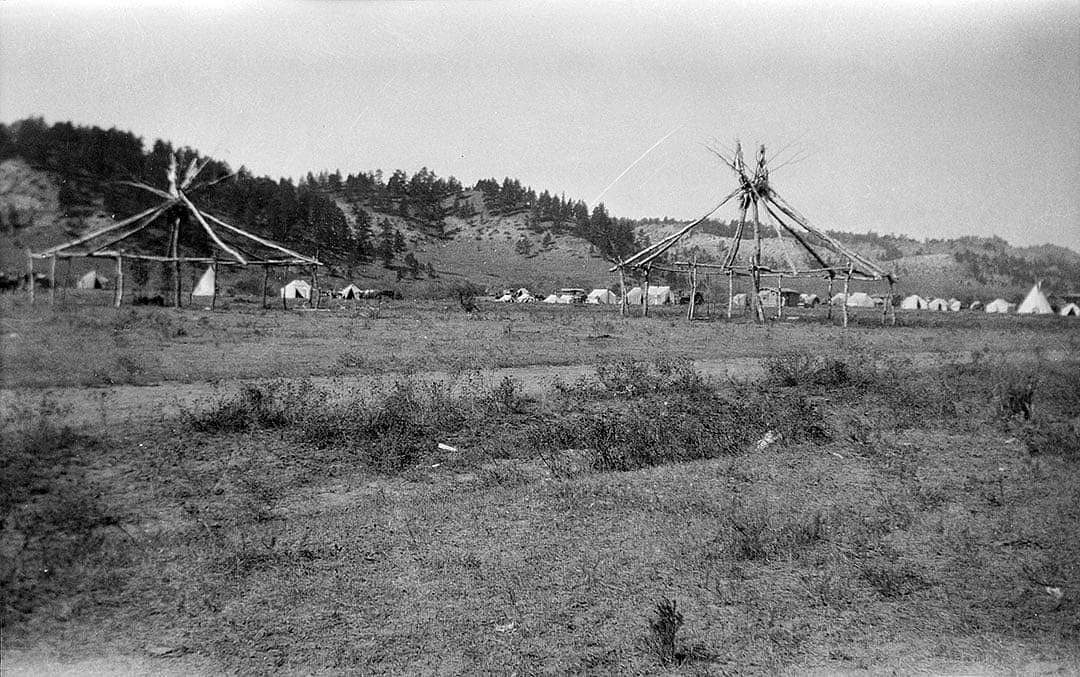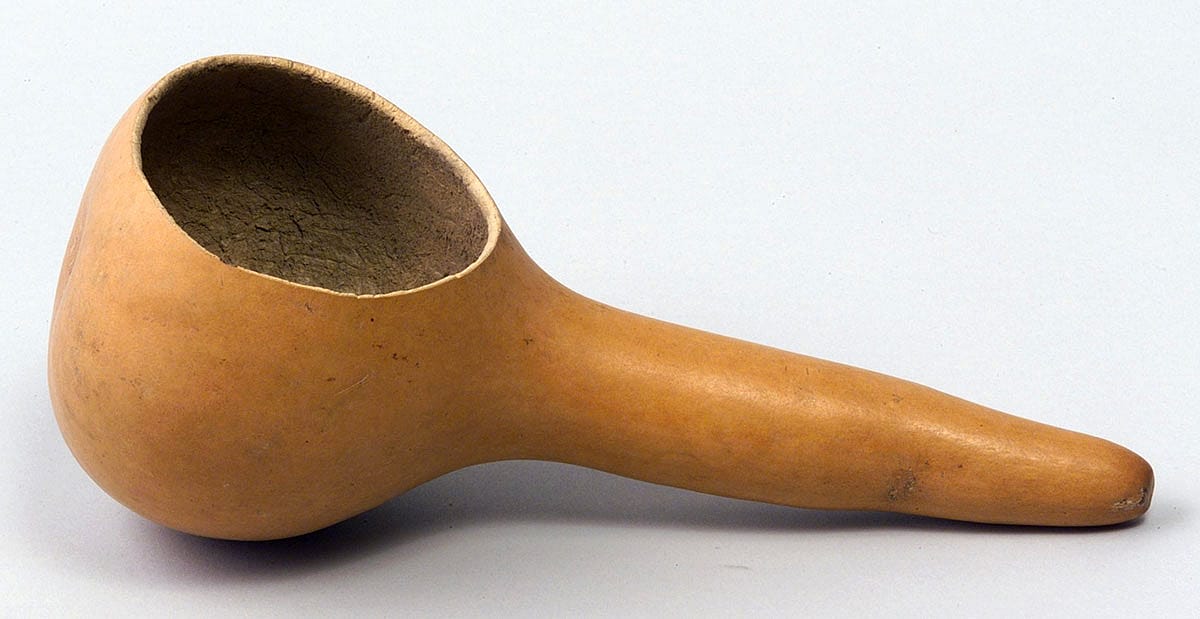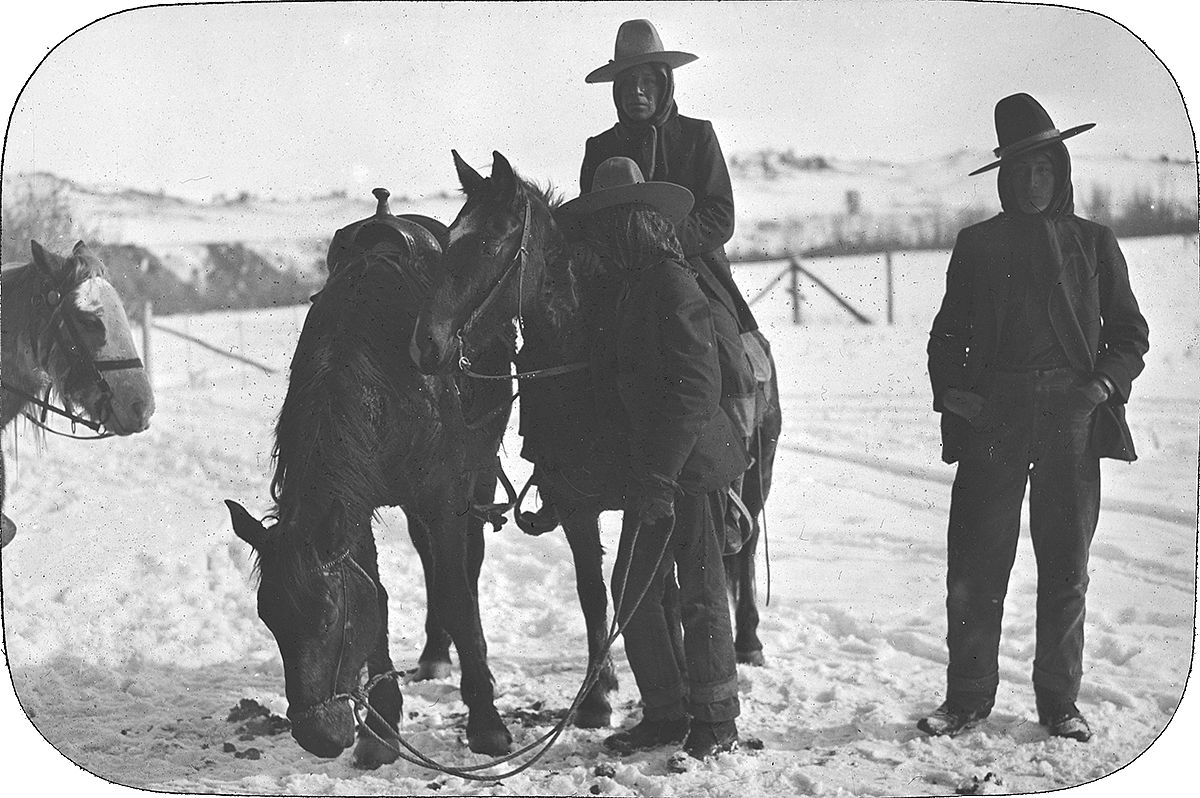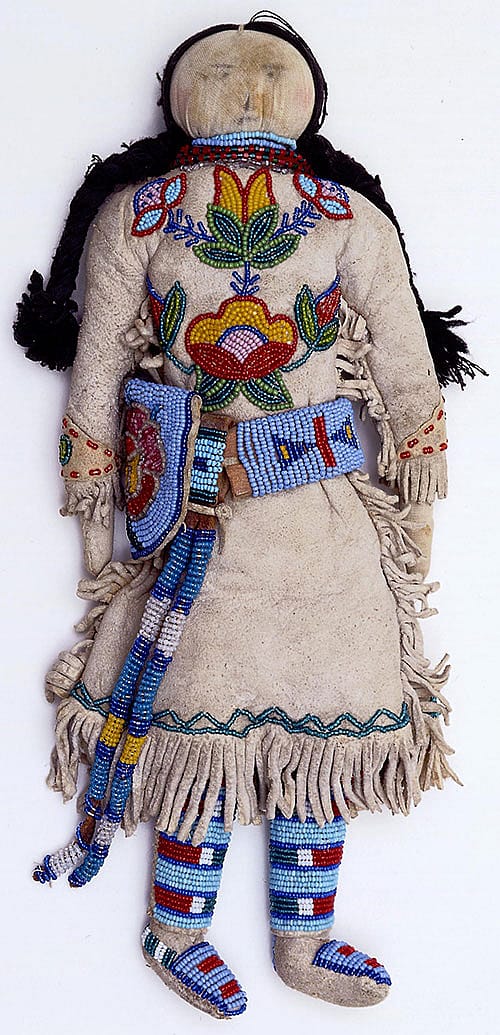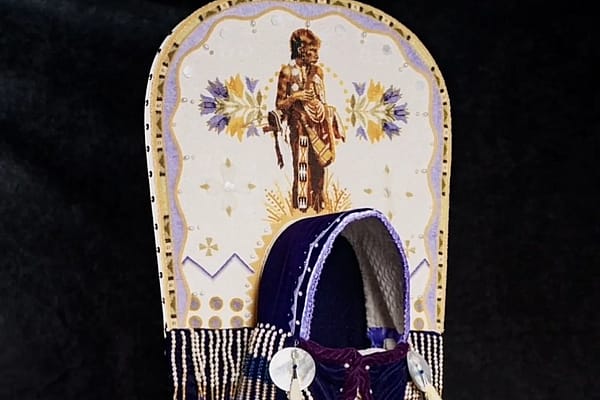
Land of Many Gifts | Plains Indian Culture
Diverse Cultures of the Northern Plains Indian Peoples: Land of Many Gifts
Follow the seasons to learn about the village life of Plains Indian peoples in the historic era. In this post, learn how they nurtured and used the many gifts of the land throughout the seasons of the year, spring, summer, fall, and winter.

Scroll to explore all four sections of Land of Many Gifts… Or choose one in the list below to skip directly to it…
Spring
In the beginning, we Hidatsa [and] Crow were one and the same people. —Apsáalooke (Crow) Origin Story
In the late 1700s, the Crow people became nomadic hunters, separating from their semi-sedentary relatives, the Hidatsa.


In the spring, when the Hidatsa people broke winter camp and returned to their gardens on the upper Missouri River, the Crow went to follow game in the mountains and on the Plains.
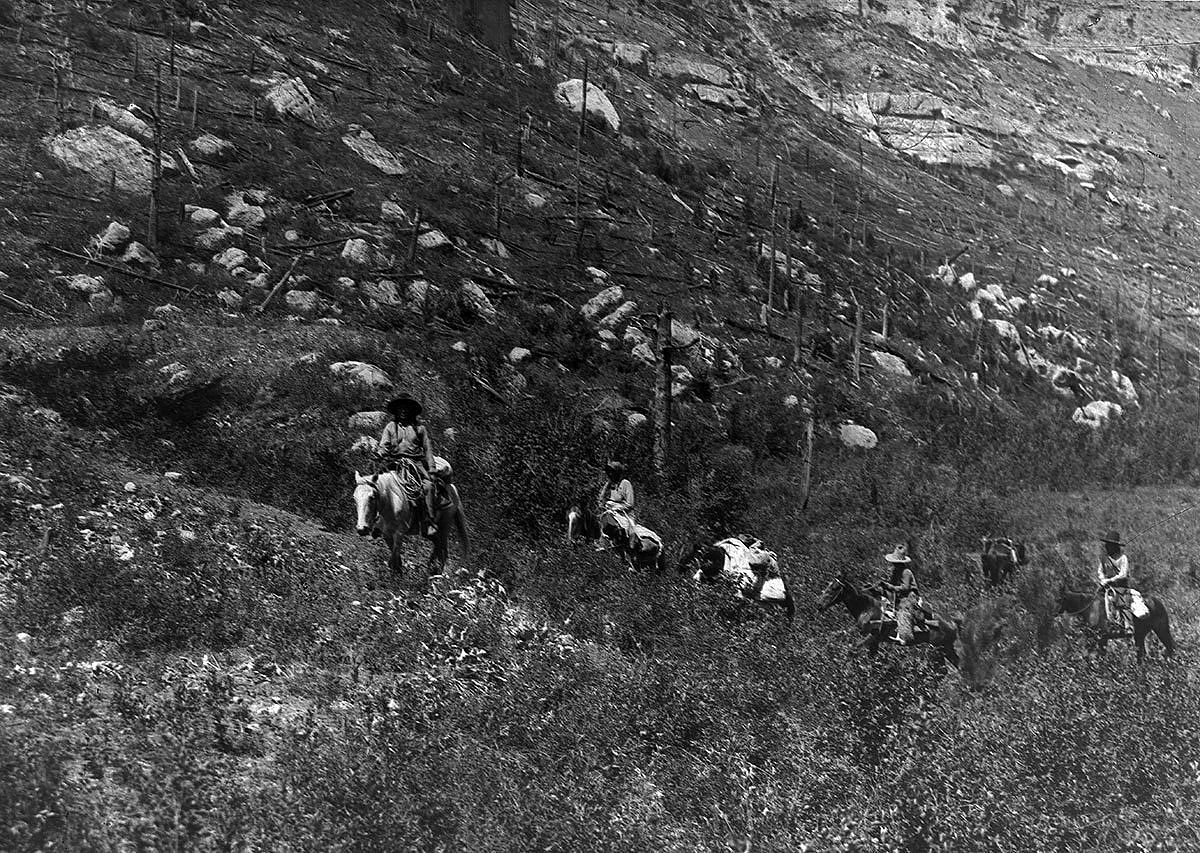
Spring: Planting
We Hidatsa women were early risers in the planting season… It was my habit to be up before sunrise, while the air was cool, for we thought this the best time for garden work. —Maxidiwiac (Buffalo Bird Woman), Nuxbaaga (Hidatsa), 1917
Hidatsa women cultivated the fertile bottomlands of the Missouri River, perfecting varieties of native plants over generations. As soon as the ice broke in the spring, women began turning the soil with digging sticks.
When the soil was prepared, then planting began: first sunflowers, then corn, squash, and beans.
Spring: Gathering Willows
In the spring, women gathered saplings, boughs, and bark to use for building earth lodges, cache pits, and bullboats, and for weaving mats and baskets. The name Hidatsa means “people of the willows.”

Spring: Tobacco Ceremony
Every spring, the Crow Tobacco Society (Bacu’sua) plants sacred tobacco seeds in a ceremony that traces to the tribe’s origin. Sacred tobacco, a different species from smoking tobacco, is the only crop that the otherwise nomadic Crow traditionally raised.
You go out west, the land of the setting sun…. When you get there, I will show you…the ways of planting these sacred seeds. So long as you do that…I’m going to bless you people…. I’m sending you out to a good land now. —Joe Medicine Crow, Apsáalooke (Crow), 1999

Spring: Hunting
In the early springtime, the Crow left their winter camps and migrated to the mountains to hunt deer for a moon.
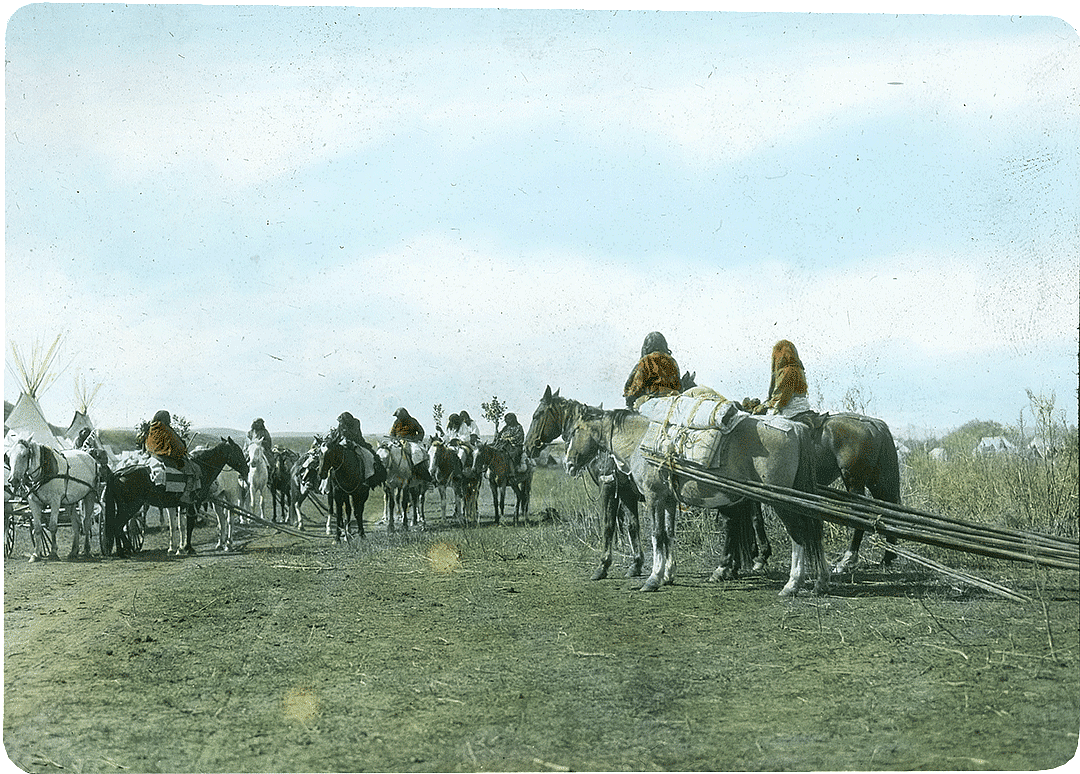

When we reached the…village, what a fine time we had! The meat! Fat meat, and dancing! —Pretty Shield, Apsáalooke (Crow), 1932
Summer
Corn and weeds alike grew rapidly now, and we women of the household were out with our hoes daily, to keep ahead of the weeds…. Always in every garden during the growing season, there would be someone working or singing. —Maxidiwiac (Buffalo Bird Woman), Nuxbaaga (Hidatsa), 1917 (From Frederick L. Wilson. Buffalo Bird Woman’s Garden. Minnesota Historical Society Press, 1987.)
In the summertime, when it’s getting hot down there, we come up here to these mountains. —Joe Medicine Crow, Apsáalooke (Crow), 1999
Summer: Celebration
During the summer, tribes convened for communal hunting, and for the major celebrations—the Sun Dance, the Grass Dance, and others. During reservation days, traditional summer ceremonies and celebrations continued and adapted.

Summer: Tending the Garden
We cared for our corn in those days as we would care for a child; for we Indian people loved our gardens, just as a mother loves her children, and we thought that our growing corn liked to hear us sing. —Maxidiwiac (Buffalo Bird Woman), Nuxbaaga (Hidatsa), 1910
After the first planting, women hoed their gardens to keep down weeds. A second planting began in June, followed by more hoeing. They drew the earth up around the corn stalks in hills, to protect the plants from wind and sun.
My best friend,
what do you like?
You said,
“The corn is my pleasure.”
—Numakiki/Nuxbaaga (Mandan/Hidatsa) Watcher’s Song

Summer: Hunting
In the summertime we moved our lodges from the Bighorn Mountains to the Plains, that we might follow the buffalo herds. Our men had been hunting deer and bighorns in the mountains for a whole moon. We were glad to get back to the Plains…. Everybody was hungry for buffalo meat. —Pretty Shield, Apsáalooke (Crow), 1932

The Crow tribe, like other nomadic peoples, gathered on the Plains in the summer for extended communal buffalo hunts and celebrations. The Hidatsa, who could not spare so much time away from their gardens, went out onto the grasslands for only a month between planting and harvesting.
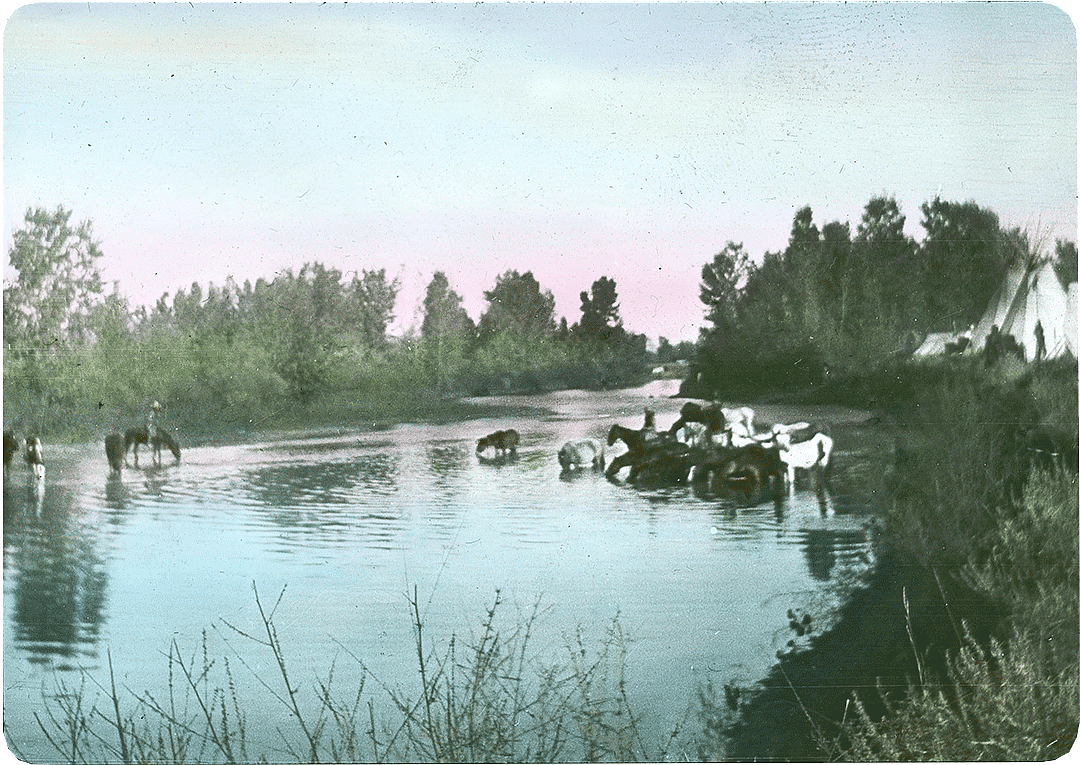
Summer: Gathering
One day in the moon when the berries begin to turn red, I went with five other girls to dig turnips…. We began a race to see who could dig the most turnips, and became quiet as sleeping babies, each girl working hard to beat the others. —Pretty Shield, Apsáalooke (Crow), 1932

Wild berries, roots, and the other plants women gathered in the summer were good for food, healing, and as raw materials for their artwork.
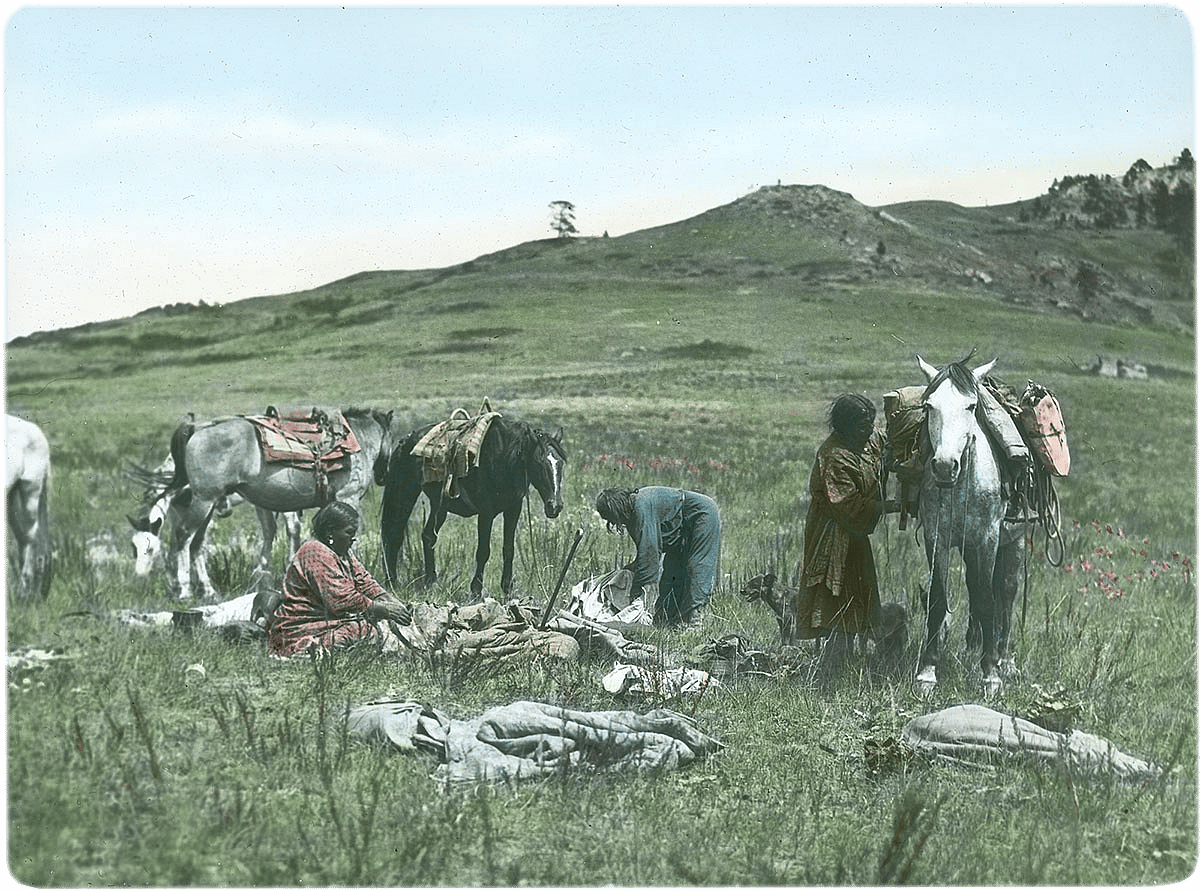
Fall
…And in the fall, when it’s cold up here, snowing…we go back to the big rivers, the Big Horn River, Yellowstone River, and there was where we wintered….
…The grass was always high for our horses. And we have deer, antelope, elk, all down with us all the time. —Joe Medicine Crow, Apsáalooke (Crow), 1999
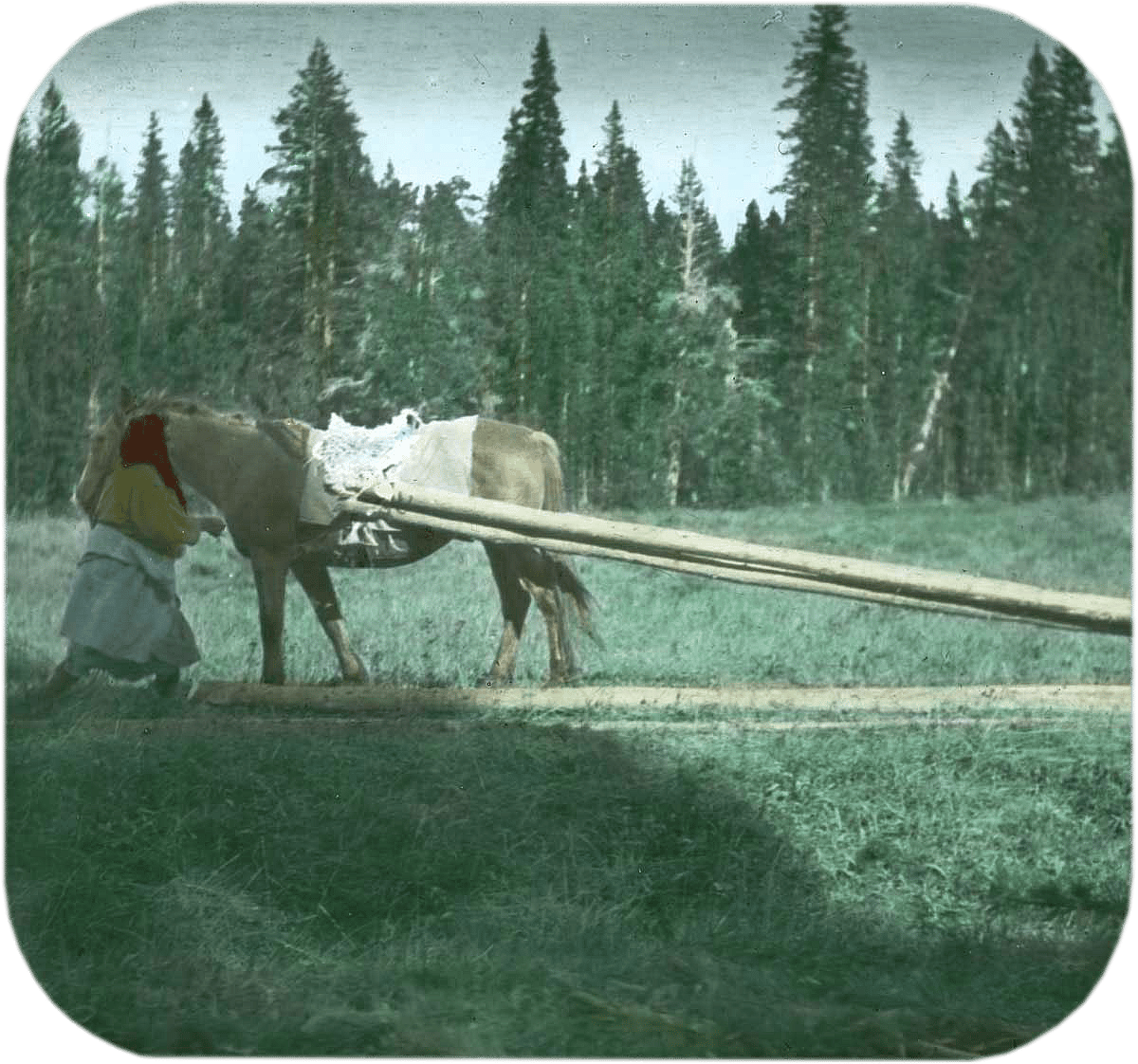
In the fall, people prepared for the long, cold winter. After the summer’s communal celebrations, hunting, and harvesting, people left the larger camps and villages and dispersed into smaller winter camps, more sheltered from the elements.

Fall: Hunting
The clans were scattered over the Crow county, so that all might find plenty of meat. The great herds of buffalo were constantly moving, and of course we moved when they did. I never tired of moving. —Pretty Shield, Apsáalooke (Crow), 1932

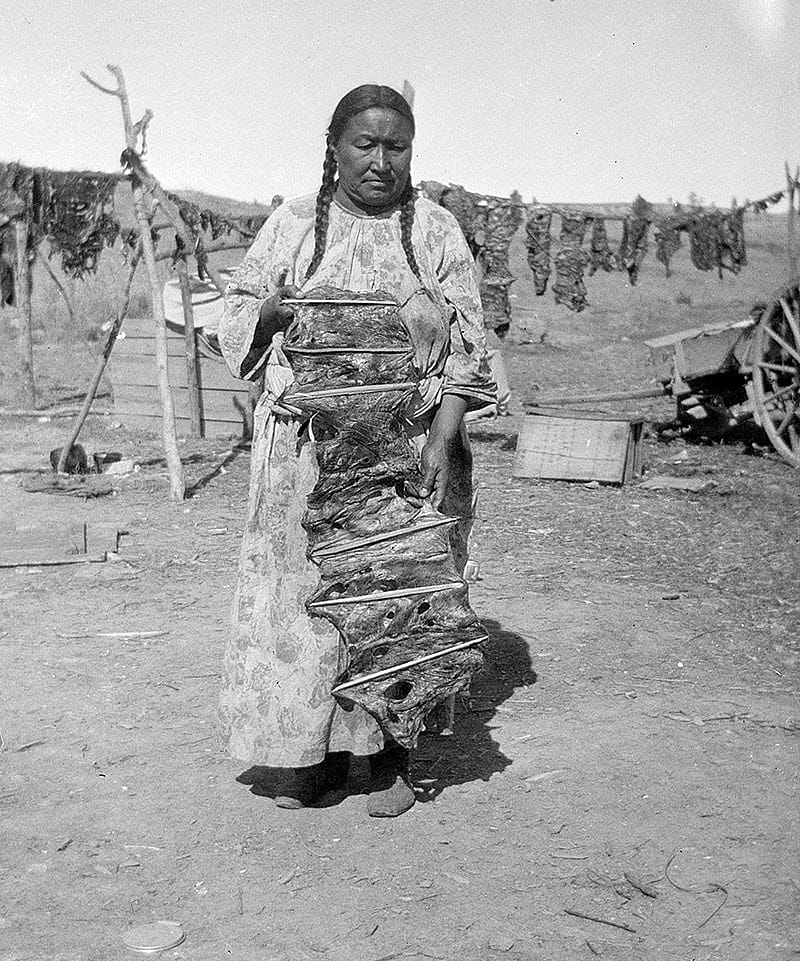
Fall: Gathering
Soup made with bitter roots and crushed bones is very fine. We girls all liked it, so that we began to dig, finding many turnips, carrots, stinking turnips, bitter roots, and potatoes. They are nearly always plentiful in the Crow country. —Pretty Shield, Apsáalooke (Crow), 1932
When they were camping, they just put up the lodges quickly if it was towards late afternoon. They would go out there and get the berries…. They would have a fire going so they could make fresh berry pudding. —Alma Snell, Apsáalooke (Crow), 2000


Fall: Harvesting
The women did all the work. They knew when to plant, they knew when to harvest, they knew what to do with the corn and squash…. Everything was dried for winter use. —Hazel Blake, Nuxbaaga (Hidatsa), 1999
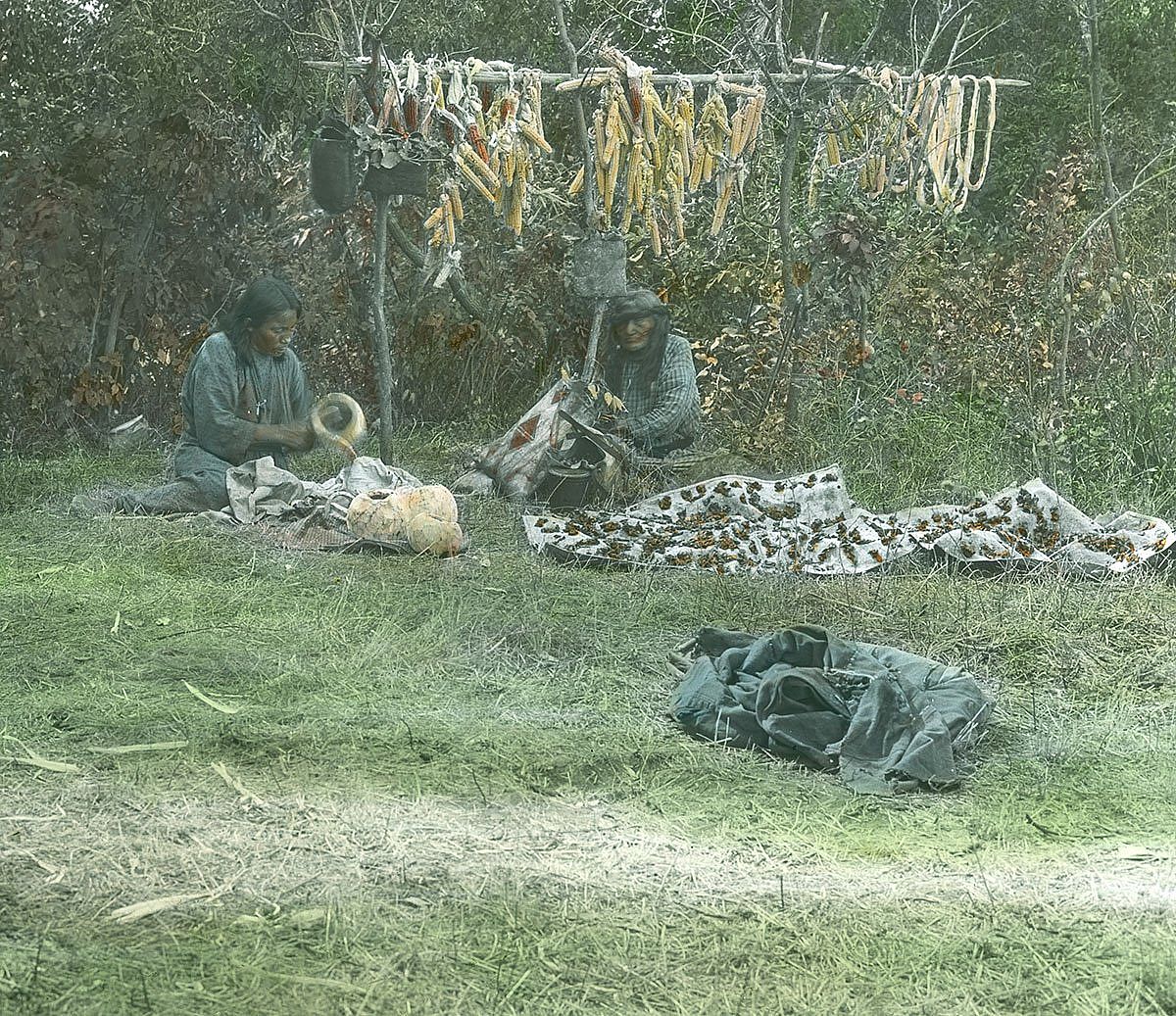
From late July through the first frost, Hidatsa women worked steadily, harvesting one crop after another. After squash and green corn were harvested, beans ripened, and then corn, and finally, sunflowers. Hidatsa women grew five varieties of beans. Sunflowers were the first crop planted in the spring and the last harvested in the fall.
Fall: Trade
They used to grow vegetables, corn, beans, squash, all those sort of things. So any surplus that they had, provided the currency, so to speak for trade with nomadic tribes, such as the Sioux and Cheyenne, and the other tribes that roamed the northern Plains. Our villages were probably one of the major centers of a vast trading network throughout the Northern Plains. —Calvin Grinnell, Numakiki/Nuxbaaga (Mandan/Hidatsa), 1999
Winter
January would be described as the moon of thick ice, and February would be the moon of when owls have their babies and it’s also the time…the river thaws and then it refreezes and the water goes over the ice. —Louella Johnson, Apsáalooke (Crow), 2000
March, it’s the month where land is starting to become visible. —Louella Johnson, Apsáalooke (Crow), 2000
Winter: Tipis
Our village was at the place-where-we-eat-bear-meat. It was a winter camp, so that all our lodges were new. And it was a pretty village with its big circle of white lodges, all their smokes riding away on the winds. —Pretty Shield, Apsáalooke (Crow), 1932

Living in tipis, or lodges, allowed nomadic hunters to move quickly and carry everything with them.

Crow tipis are built around four main poles, as opposed to the tripod that other tribes use.
Winter: Mobility
They would have a crier go through the camp and say, ‘We’re moving; we’re moving…. We’re going towards the mountains…. We’re breaking camp.’ —Alma Snell, Apsáalooke (Crow), 2000

How I loved to move…. Long before the sun came the fires would be going in every lodge, the horses, hundreds of them, would come thundering in…. Down would come the lodges, packs would be mode, travois loaded…. Away we would go…. —Pretty Shield, Apsáalooke (Crow), 1932

Winter: Toys and Games
During the slow days of winter, toys, games, and stories helped pass the time, and developed skills and knowledge that people needed in their daily lives.

She used to fix us little bitty toys made like a woman and a man—dolls…. She’d fix little parfleches for them, and they’d play with that, and they grew up to where they were able to pitch up a regular tipi. —Alma Snell, Apsáalooke (Crow), 2000, talking about her grandmother, Pretty Shield

Winter: Earth Lodges
Our people chose to live along the Missouri…in earth lodges that were developed over hundreds, maybe thousands of years…. They were part of this living along the river, this sedentary lifestyle…. —Calvin Grinnell, Numakiki/Nuxbaaga (Mandan/Hidatsa), 1999
![George Catlin (1796-1872). "Knife River, Minnetare [Hidatsa], ca. 1855-1870. Gift of Paul Mellon. 26.86](https://centerofthewest.org/cdn-cgi/image/width=1200,height=863,fit=crop,quality=80,scq=60,gravity=auto,sharpen=1,metadata=none,format=auto,onerror=redirect/wp-content/uploads/2017/09/Winter-EarthLodges_26.86.jpg)
The round earth lodges had a central fireplace, four posts that held up the main beams, and were about 40–50 feet in diameter…. This was a very energy efficient dwelling; it remained cool in the summer and warm in the winter…. —Calvin Grinnell, Numakiki/Nuxbaaga (Mandan/Hidatsa), 1999

Our people thought that they had a spirit, that there was life to everything and that there should be respect given people’s homes because they were made out of natural things, everything was natural. This was a respect for a person’s way of life, a person’s individuality, and entire families who lived in these earth lodges. —Calvin Grinnell, Numakiki/Nuxbaaga (Mandan/Hidatsa), 1999
Continue to Buffalo and the People…
Written By
Nancy McClure
Nancy now does Grants & Foundations Relations for the Center of the West's Development Department, but was formerly the Content Producer for the Center's Public Relations Department, where her work included writing and updating website content, publicizing events, copy editing, working with images, and producing the e-newsletter Western Wire. Her current job is seeking and applying for funding from government grants and private foundations. In her spare time, Nancy enjoys photography, reading, flower gardening, and playing the flute.




